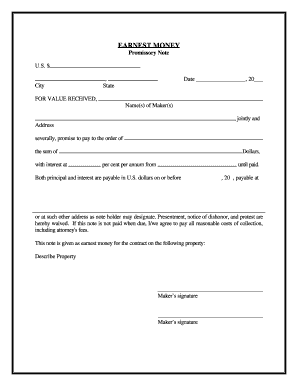
- Interpersonal Skills Including Communication Skills Notes In Hindi Pdf Download
- Interpersonal Skills Including Communication Skills Notes In Hindi Pdf Converter
- Interpersonal Skills Including Communication Skills Notes In Hindi Pdf For Ssc

Interpersonal Skills Including Communication Skills Notes In Hindi Pdf Download
Listed below are the questions, To find complete solutions with explanations and information on many more related questions, visit Examrace CSAT Series.


Interpersonal Skills Including Communication Skills Notes In Hindi Pdf Converter

Dec 08, 2018 यह What is Communication Skills & How to Develop Effective Communication Skills In Hindi के Tips आपको कैसे लगे? यदि यह Hindi Article on “H ow to Develop Communication Skills” आपको अच्छा लगा तो आप इन हिंदी लेख को Share कर सकते हैं।. Communication and Interpersonal Skills uses activities, scenarios and case studies to support learning and to enable students to apply theory in their practice. It is ideal for students on nursing and health and social care courses who want to use their communication skills to improve the quality of care they offer to their patients. What Is Interpersonal Skills Video Lecture From Interpersonal Communication Skills Chapter of Communication Skills Subject For All Students. Android Applicat. 3 The skills of interpersonal communication 33 4 Communication skills in context 57 Section B: Understanding the components of interpersonal communication 5 The social context 79 6 Social identity 107 7 Social perception 127 8 Codes 149 Section C: Moving beyond the interpersonal 9 Communication.
Interpersonal Skills Including Communication Skills Notes In Hindi Pdf For Ssc
A lied and said that she was going out with her parents on Saturday to see her best friend β a went to the mall with instead. What does this demonstrate?
Hurtful messages
Aggressiveness
Deceptive communication
Defensiveness
Building Understanding consists what:
Content Messages
Relationship Messages
Content Relationship and Contextual
Both (a) and (b)
Dynamics of interpersonal communications will consist:
Body language and facial expression
Posture
Movement
All of the above
Imagine you are the only cashier working in a small store. A customer asks for help getting a product from the shelf. You would-
Tell the customer it's a “self-serve only” store
know that according to store policy, you can lock the cash register and help the customer
leave the cash register as is so you don't get locked out of it and go help the customer
Tell that we don't want to sell that product
Interpersonal communication consists the following:
Those interacting are in close proximity to each other, large number of participants many sensory channels used, immediate feedback.
Small number of participants, those interacting are in close proximity to each other.
Small number participants, those interacting are in close proximity to each other, few sensory channel immediate feedback.
Small number of participants, those interacting are close to each other, many sensory channel used feedback in phases.
In regard to communication, Situational context deals with:
Psycho-physical-Relationship.
Psycho-dynamic where one is communicating.
Psycho-ethnic where one is communicating.
Psycho-Social where one is communicating
The interpersonal needs are all of the following except:
Control
Authority
Inclusion
Affection
β got his first job at Company X and worked there until his retirement. He reports that he was very happy at work for the entire time he was there. As per the research mentioned in your text, which finding is characterized by feelings of β
There is evidence that job satisfaction remains relatively stable over time.
Emotional disposition of a worker is related to long-term job satisfaction.
Neither of these statements applies to feelings of β
Both of these statements apply to feelings of β